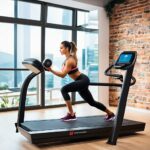https://weightliftingforpower.com/at-home-chest-workouts-for-beginners/
At-home chest workouts for beginners mean skipping the crowded gym, saving some cash, and doing everything on your terms. Packing a gym bag or fighting for a parking spot is unnecessary. You call the shots first thing in the morning or late at night.

Safety and comfort come when you’re at home. Nobody is watching if you struggle or need to catch your breath, which can make a huge difference, especially when starting. You can pick your soundtrack, spot on the floor, and pace without interruptions.
Are you thinking about equipment? You don’t need much to get going. A decent exercise mat helps with cushioning, and a pair of dumbbells can add weight when ready. Resistance bands are great, too, especially when you want to mix them up. Many exercises utilize your body weight, so you’re already well-prepared to start with the fundamentals.
Understanding the muscles you’re working on helps keep you informed and focused. Chest exercises mainly target the pectorals, and you’ll also engage the triceps and deltoids. Knowing this lets you feel the right muscles working as you progress your routine.
Warm-Up Techniques to Get Started
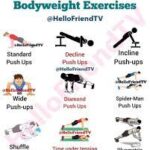
Warming up is a crucial step you don’t want to skip, especially when doing chest workouts. It preps your muscles and joints, reducing the risk of strains and making your workout more effective. A good warm-up also helps get your blood flowing and your heart rate up.
Simple routines can do the trick at home. Arm circles are a fantastic choice—just small circles at first, then gradually increase the size. Feel those shoulder joints loosening up? That’s what you’re aiming for. Arm swings are good, too. Gentle front and back swings help activate the shoulder and chest muscles.
Think about dynamic stretches. These are stretches where you move as you stretch, like alternating reaching for your toes or mimicking a few slow push-ups. These engage multiple muscle groups, which is perfect for gearing up.
Warm-ups can take little time. About 5 to 10 minutes is usually enough. Listen to your body. You’re probably good to go if you’re loosening up and ready to move. Just be sure to do what is necessary; the goal is to feel warmed up and ready, not exhausted.
Core At-Home Chest Exercises for Beginners
Push-ups are fundamental when it comes to chest workouts. They work not just on your chest but also on your arms and core. Starting with knee push-ups is excellent if you’re new or want something more manageable. The same goes for pushing against a wall or finding a stable surface for incline push-ups. Each of these variations can help ease the transition to standard push-ups as you get stronger.
Chest dips and wall presses offer a nice change of pace. Dips on a low bench or sturdy chair are great for focusing on your pectorals. Wall presses are simple, too—stand a bit away from the wall and press into it, similar to a standing push-up. Keeping the form tight is critical so you hit the right muscles.
Resistance bands come in handy for adding a little challenge without needing weights. They can be wrapped around your back with handles in your hands to mimic fly movements or presses. The benefit here is adjusting tension according to your strength level, which is helpful as you gain power and control.
Creating a routine that mixes these exercises helps you get the most out of every session. To start, think about doing two to three sets of each exercise with a manageable number of reps. Consistency is critical, so it’s about finding what works for you and sticking with it. Once comfortable, you can tweak and challenge different muscle groups more intensely.
Tracking Progress and Adjusting Workouts
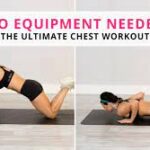
Keeping track of your progress motivates and helps you adjust your workouts effectively. You don’t need fancy gadgets—just a journal or a simple app on your phone works fine. Note the exercises, sets, reps, and how you felt afterward. It’s a straightforward way to see how far you’ve come.
Looking for signs of improvement is all about consistency. You can do more push-ups than last week, or the wall presses will be easier. These small gains are worth celebrating because they prove the effort is paying off.
Once you start noticing improvements, it may be time to step things up. Doing the same number of reps for weeks could cause you to hit a plateau. Introduce a wildcard exercise or add an extra set to break through and keep things fresh.
Remember the importance of rest days. Taking a break lets your muscles recover and grow, which is just as important as the workout. Finding the balance between pushing yourself and giving your body time to rest ensures you improve while staying healthy.
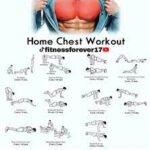
https://www.wealthyaffiliate.com?a_aid=352a86b2
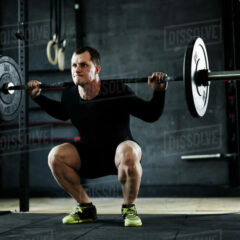
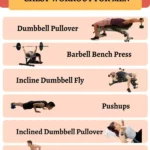
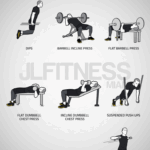
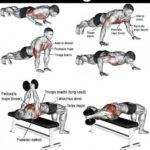
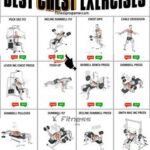
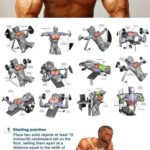
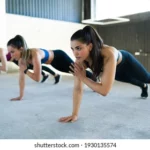



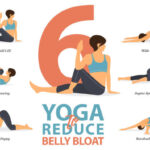

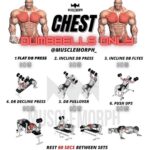

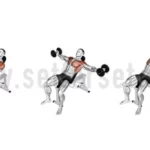
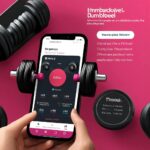


 Achieving your fitness goals with a dumbbell exercise app starts with setting realistic targets. Establishing what you want to achieve and how you’ll get there is crucial. Use the app to input your goals, and pay close attention to the suggested plans.
Achieving your fitness goals with a dumbbell exercise app starts with setting realistic targets. Establishing what you want to achieve and how you’ll get there is crucial. Use the app to input your goals, and pay close attention to the suggested plans.






